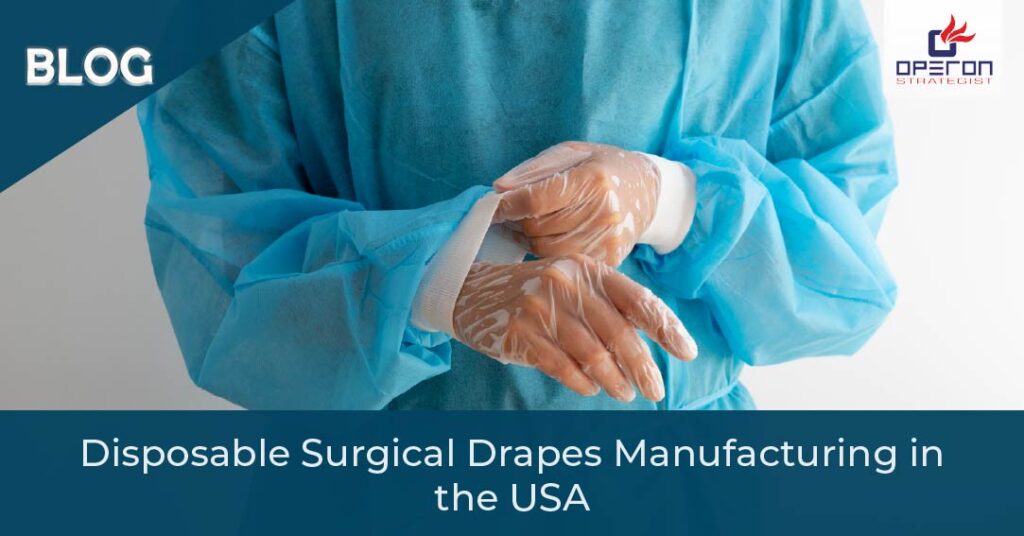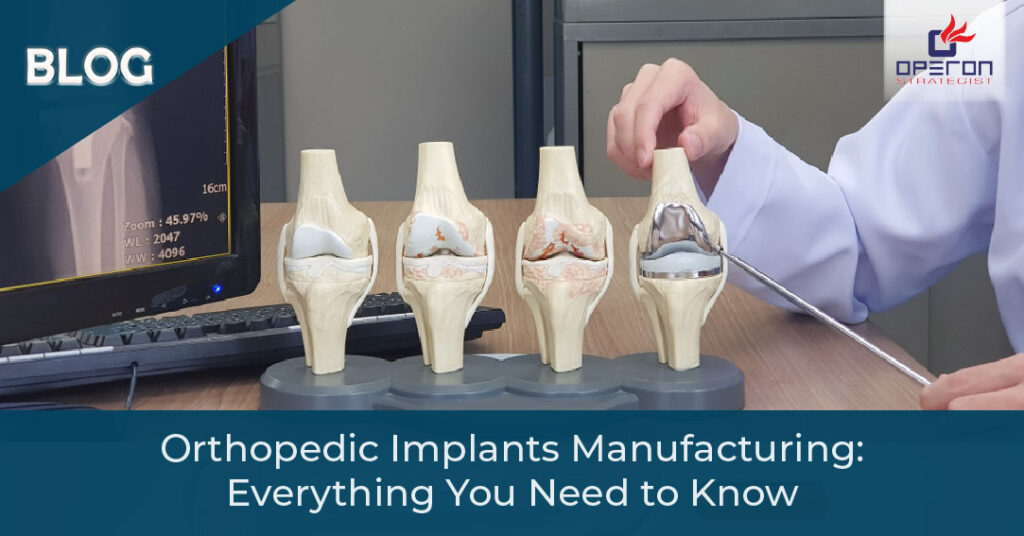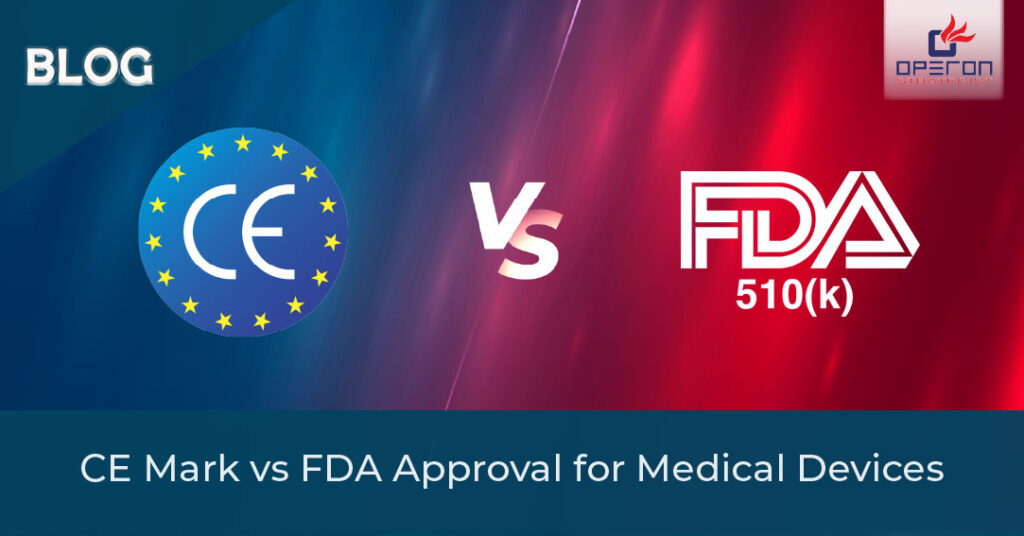
The demand for disposable surgical drapes is rising in the USA as hospitals and surgical centers move toward single-use sterile products to reduce infection risks. For manufacturers, this demand creates a strong opportunity to enter a stable and regulated market. However, setting up a disposable surgical drapes manufacturing unit requires a clear understanding of FDA regulations, quality control, and cleanroom requirements.
This guide walks you through the essential steps—from manufacturing process to regulatory compliance—to help you start or expand your surgical drapes business in the USA.
What Are Disposable Surgical Drapes?
Disposable surgical drapes are sterile, single-use sheets used to maintain a sterile field during surgeries. They protect patients and healthcare providers from cross-contamination and fluid exposure. These drapes are made from nonwoven or laminated materials with fluid-resistant and antimicrobial properties.
Common types include:
- Fenestrated drapes (with openings for surgical sites)
- Non-fenestrated drapes
- Incise drapes (adhesive type)
- Specialty drapes (for orthopedic or cardiovascular procedures)
As infection prevention continues to be a top priority, U.S. hospitals are adopting disposable drapes over reusable textiles—driving growth for local manufacturers.
Market Potential in the USA
The USA disposable surgical drapes market is projected to grow steadily due to:
- Rising surgical procedures and outpatient care
- Strong infection control protocols from the CDC and WHO
- Growth in ambulatory surgical centers (ASCs)
- Shift from reusable to single-use sterile materials
According to industry insights, the North American surgical drapes and gowns market could reach billions by 2030. New entrants who understand FDA requirements and cleanroom production can successfully position themselves in this expanding field.
Manufacturing Process of Disposable Surgical Drapes
Manufacturing disposable surgical drapes involves a controlled, sterile environment and precision in layering, sealing, and packaging. Here’s a simplified overview:
Material Selection
- Nonwoven fabrics like SMS (Spunbond-Meltblown-Spunbond), polypropylene, or polyethylene films are used.
- These materials must be fluid-repellent, breathable, lint-free, and biocompatible.
Fabric Cutting and Shaping
- Automated cutting machines shape the material according to surgical drape designs.
- Patterns vary depending on the type of surgery.
Lamination and Reinforcement
- Layers are laminated for strength, absorbency, and barrier protection.
- Critical zones are reinforced to prevent fluid strike-through.
- Sterilization Process
- Ethylene oxide (EtO) or gamma radiation sterilization is commonly used.
- All sterilization methods must comply with FDA and ISO 11135/11137 standards.
Packaging and Labeling
- Drape packs are sealed in sterile pouches or trays.
- Labels must include product details, sterility, and manufacturing lot numbers.
Quality Control
- Tests for tensile strength, absorbency, barrier efficiency, and sterility assurance are essential.
- Documentation under ISO 13485:2016 quality standards ensures traceability and regulatory compliance.
Key Regulatory Requirements in the USA
To legally market disposable surgical drapes in the USA, manufacturers must comply with FDA medical device regulations under 21 CFR Part 820 (Quality System Regulation).
1. Device Classification
- Surgical drapes are classified as Class II medical devices.
- They typically require FDA 510(k) clearance before marketing.
2. FDA 510(k) Submission
Manufacturers must demonstrate that their product is substantially equivalent to a legally marketed predicate device. The submission includes:
- Product description and intended use
- Material composition
- Sterility information
- Biocompatibility data
- Performance testing results
3. ISO 13485 Certification
Implementing an ISO 13485-compliant quality management system strengthens your FDA readiness and global credibility.
4. Labeling and UDI Compliance
Labels must comply with FDA’s Unique Device Identification (UDI) system to ensure traceability across the supply chain.
5. Cleanroom Standards
Manufacturing must take place in an ISO Class 7 or Class 8 cleanroom under ISO 14644 standards to maintain sterility.
Infrastructure and Setup Requirements
Setting up a disposable surgical drapes manufacturing plant involves key infrastructure elements:
- Cleanroom Facility: Minimum ISO Class 8 for assembly and packaging
- HVAC Systems: To control air quality and particle count
- Sterilization Unit: EtO or Gamma sterilization system
- Cutting and Sealing Equipment: Ultrasonic sealing machines, lamination systems
- Testing Equipment: For barrier performance, tensile strength, and microbial cleanliness
- Quality Control Lab: For in-process and finished product testing
If you are planning a turnkey project, it’s advisable to consult experts who can help design a GMP-compliant facility that meets FDA and ISO standards from the start.
Why Choose to Manufacture in the USA?
Manufacturing disposable surgical drapes in the USA offers strategic advantages:
- Faster market access with domestic FDA registration
- Lower logistics costs and improved supply reliability
- Higher trust among US healthcare providers
- Access to government contracts and hospital networks
With the growing emphasis on local manufacturing and supply chain resilience, setting up a US-based facility can give you a strong competitive edge.
Challenges and How to Overcome Them
- Regulatory Complexity: The FDA 510(k) process can be technical. Partnering with a regulatory consulting firm simplifies submission and compliance.
- Quality Management: Maintaining ISO 13485 standards requires trained staff and continuous documentation. A professional QMS consultant can streamline this process.
- Cost of Setup: Cleanrooms and sterilization units can be expensive. Turnkey project partners can optimize cost without compromising compliance.
How Operon Strategist Can Help
If you are planning to start disposable surgical drapes manufacturing in the USA, Operon Strategist offers end-to-end turnkey consulting services—from facility design to FDA 510(k) submission and ISO 13485 implementation.
Our services include:
- Plant layout and cleanroom design as per ISO 14644
- Equipment selection and installation support
- Quality system setup and documentation
- FDA and ISO regulatory consulting
- Staff training and compliance support
With our experience in medical device turnkey projects, we help manufacturers build compliant, efficient facilities that meet all regulatory expectations and get products to market faster.
Ready to start your surgical drapes manufacturing project?
Contact Operon Strategist today to get expert guidance for FDA compliance, turnkey project setup, and market entry support.


